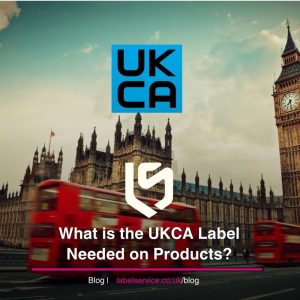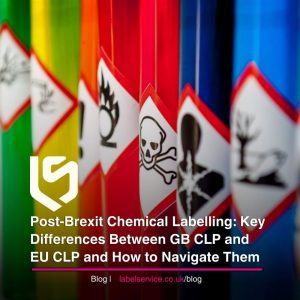Although it is possible to argue that many consumers base their food choices on personal preference rather than informed nutritional research , there is no denying that larger global health trends have significantly influenced not only how we perceive a “ healthy ” diet, but also what specific ingredients we should champion or avoid. Given the fact that much of the Western world continues to suffer from an obesity epidemic, it should come as no surprise that labelling has been reformed and revised by many food manufacturers in order to hig h- light non-process, natural ingredients which will likely contribute to a generally healthier lif e- style for those who choose to consume those products. In addition to food label decisions made by manufacturers, it is also important to note that many national governments are now implementing policies in order to create a comprehe n- sive system of regulation for food and drink manufacturers of all sizes. Nations such as the United Kingdom, the United States and Australia are working diligently to not only provide consumers with the greatest degree of access to nutritional information as possible, but also help ensure that food manufacturers are held accountab le in the event that information they print is either misleading or false. This is not to say that all labelling is duplicitous, but it is important to remember that numerous instances of misleading label printing have been do c- umented over the past several years. If anything, the current era of food labels could be defined as era of accountability. Given the immense number of health problems that many consumers have incurred thr ough excessive consumption of food that is immensely unhealthy, it is no longer an option to hide this info r- mation from customers. A healthy diet is an absolute must, particularly in an era when pro- cessed foods and additives have permeated almost every aspect of the greater food man u- facturing landscape. It is also interesting to note that another core component of food labelling reform being e x- plored recently is revisions to recommended daily allowances. As scientists and researchers continue to modify and refine this information, it seems probably that consumers will be on the receiving end of a large number of benefits. More information about these particular r e- forms will likely be made available in the coming months as food manufacturers and go v- ernments alike work together to achieve new levels of transparency for consumers.
















